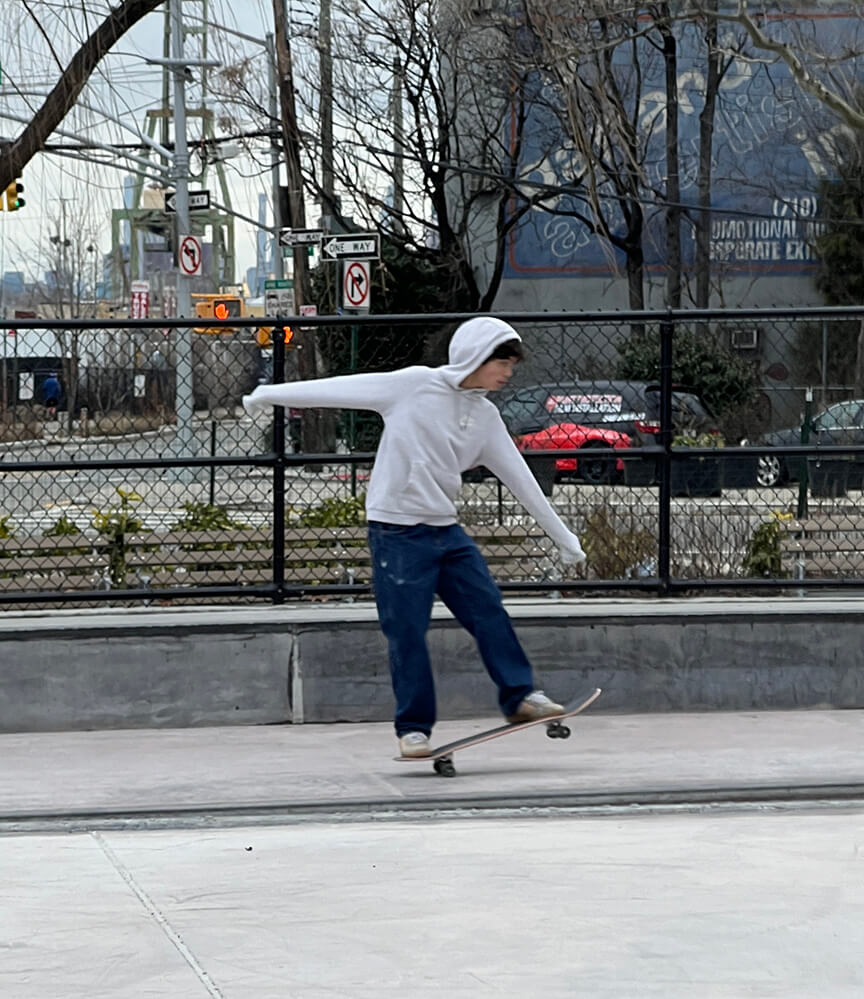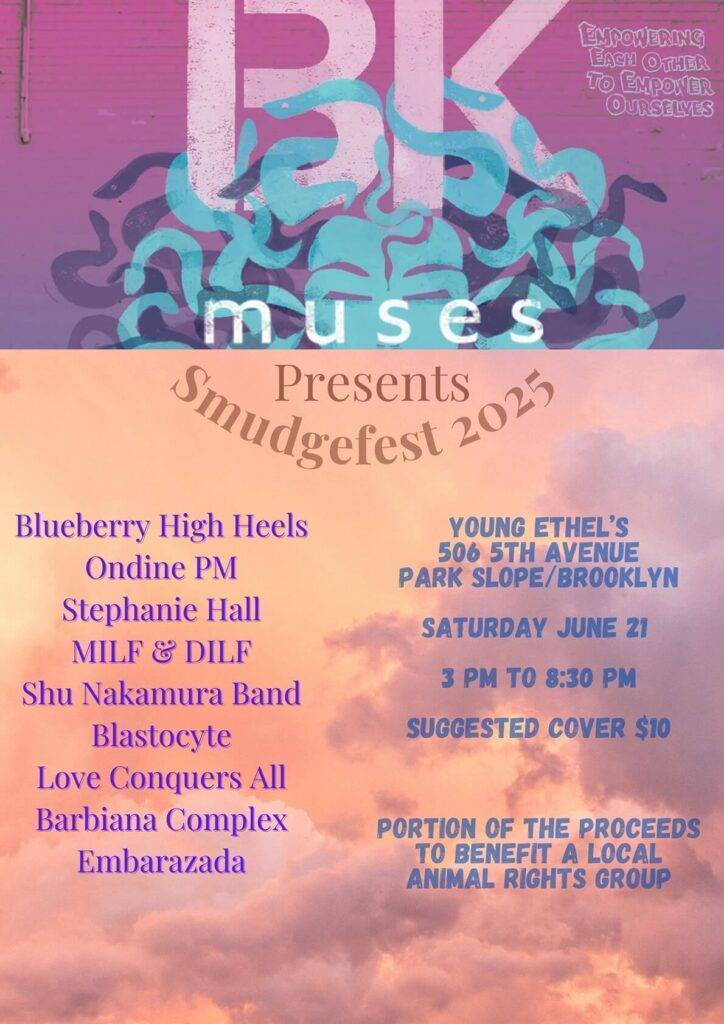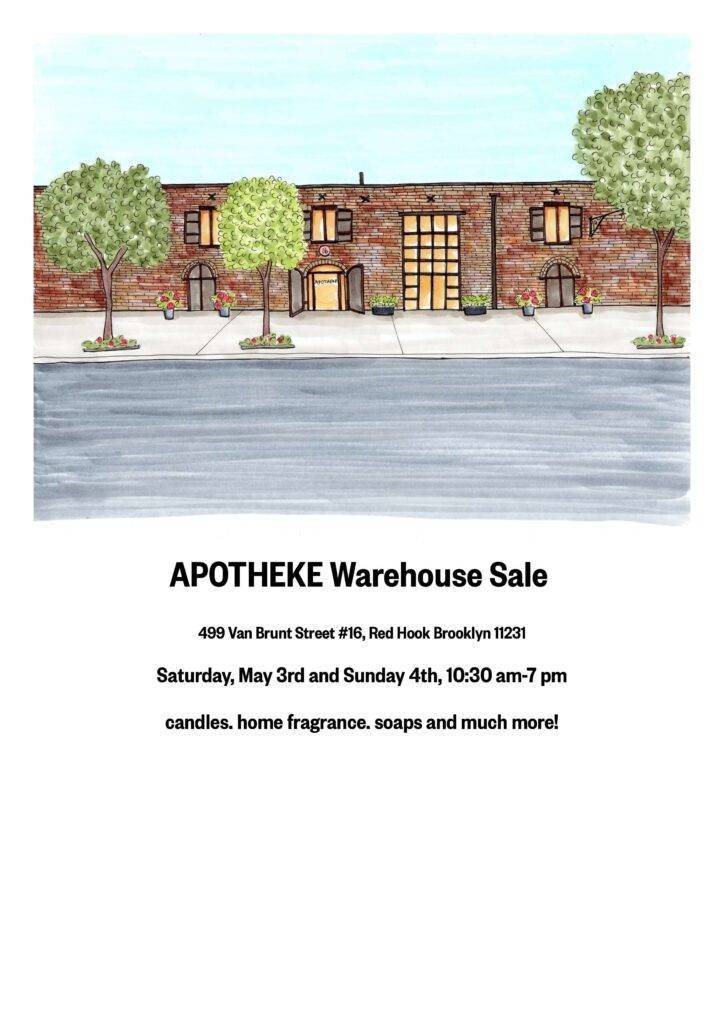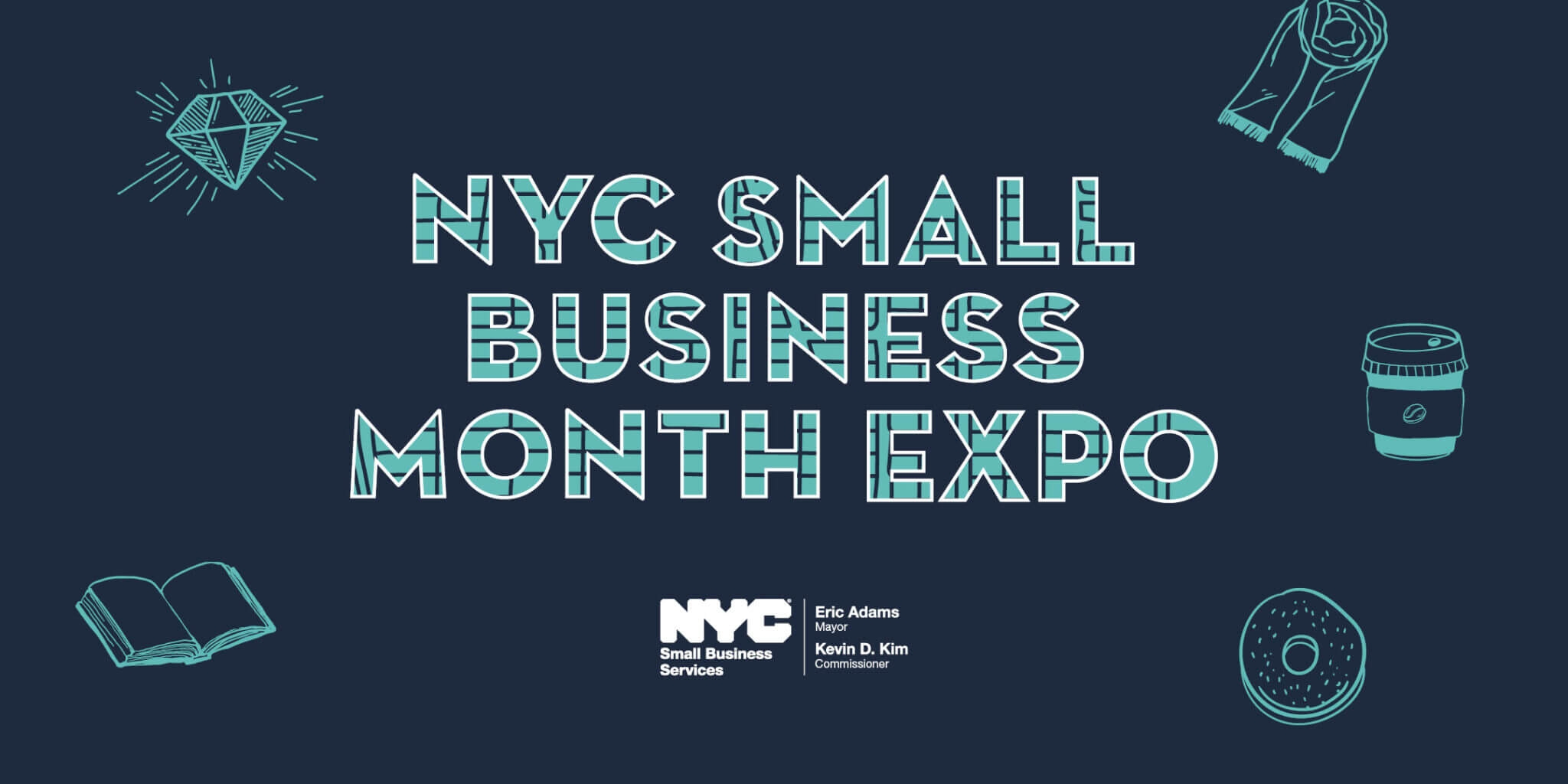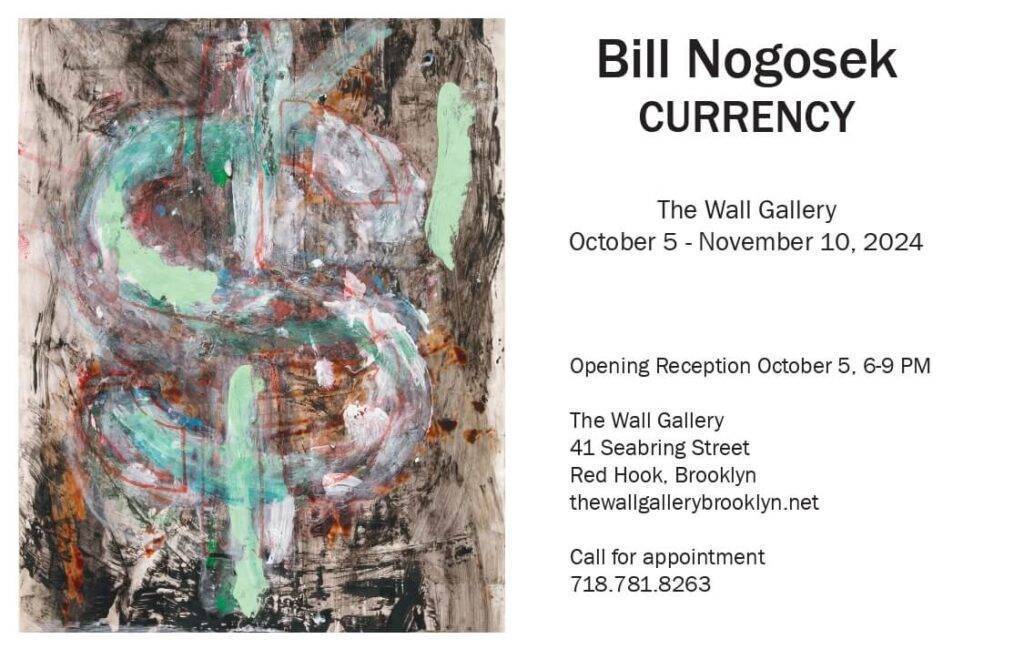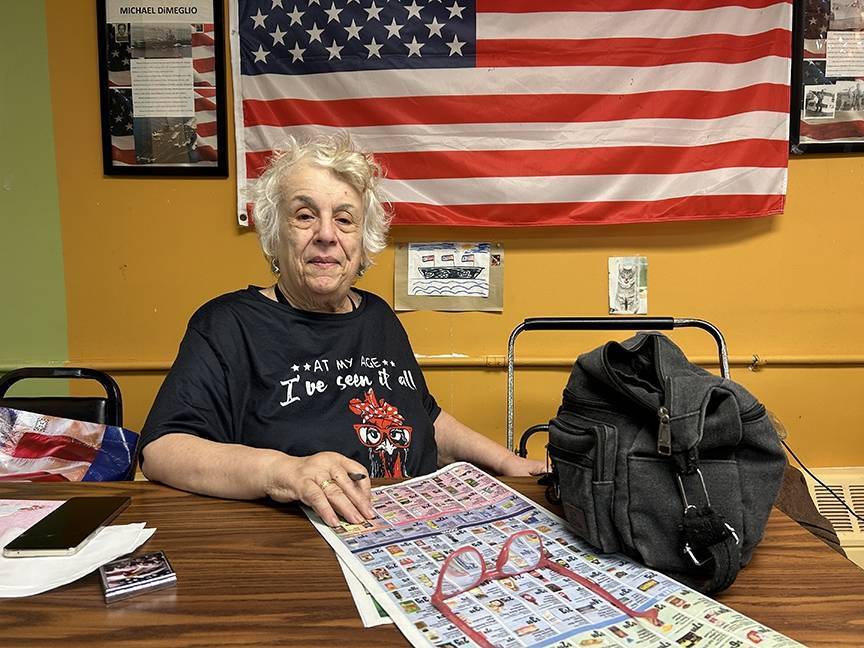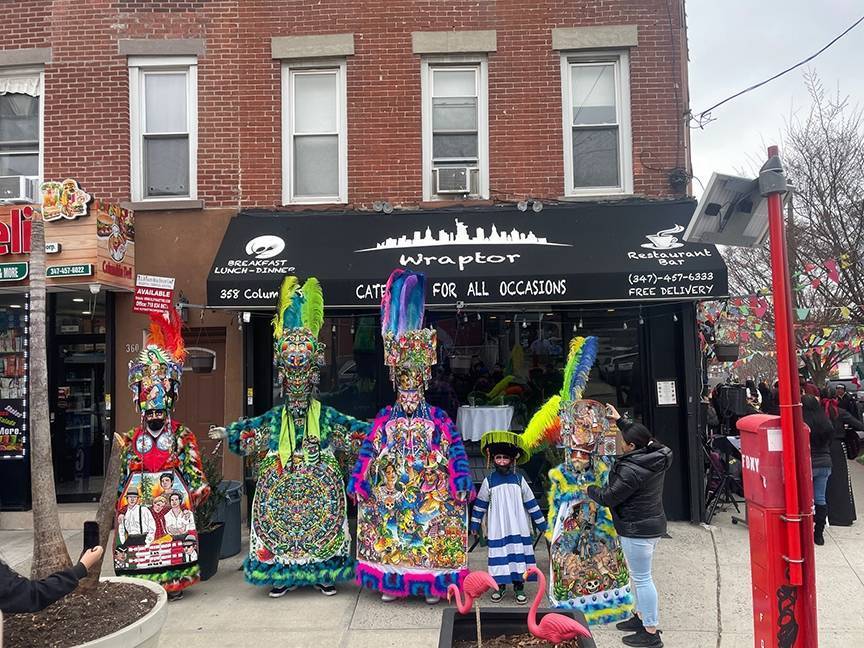Red Hook has a brand new BMX bike and skatepark at Harold Ickes Playground on the corner of Van Brunt St. and Hamilton Avenue.
The project was first announced by-Borough President Eric Adams in 2017 after kids from Red Hook called for a skatepark in the neighborhood.
After a few years with a temporary skatepark but no construction, construction abruptly started early in 2023. The work went quickly and was finished before the anticipated completion date, which was March 2024—the park is already open and filled with skateboarders.
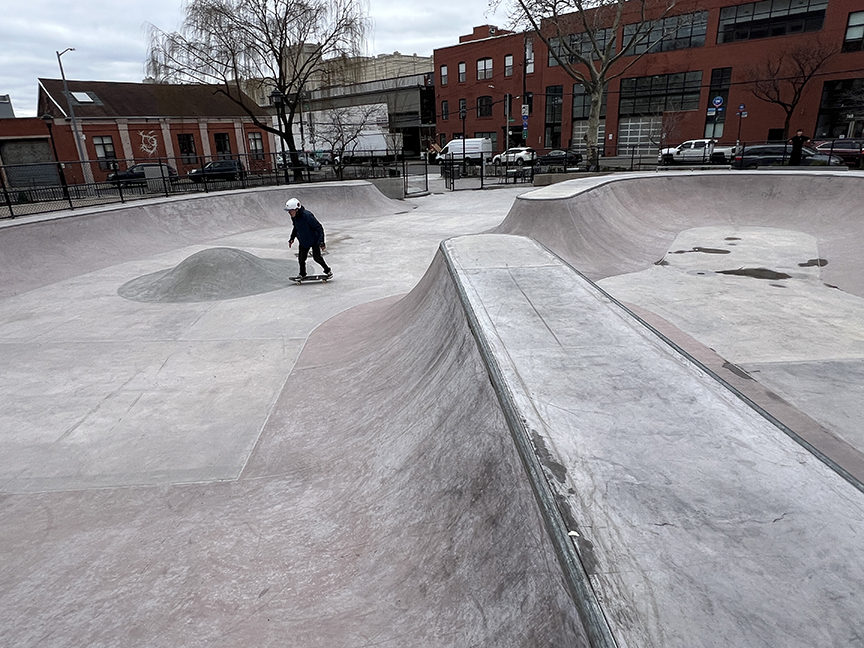 We brought Ian Clarke, founder of the NYC Skateboard Coalition to the park. He told us about the three elements that skateparks can have. “They are a park/flow bowl, a pool, and a street area. Skateparks like this are built all over the world, but we don’t have one in New York City with all three. There is a skatepark in Montauk that recently opened that has all three elements. NYC still hasn’t done that.
We brought Ian Clarke, founder of the NYC Skateboard Coalition to the park. He told us about the three elements that skateparks can have. “They are a park/flow bowl, a pool, and a street area. Skateparks like this are built all over the world, but we don’t have one in New York City with all three. There is a skatepark in Montauk that recently opened that has all three elements. NYC still hasn’t done that.
“The Red Hook Skatepark has the street elements and a small to medium-sized flow bowl so it has one and a half of the elements. I think they did a really nice job within the space they had to work with.
“A skatepark is more than concrete, it’s a community. A skatepark with these elements builds a great community with a full range of New York skateboarders from ages 6 to 60.
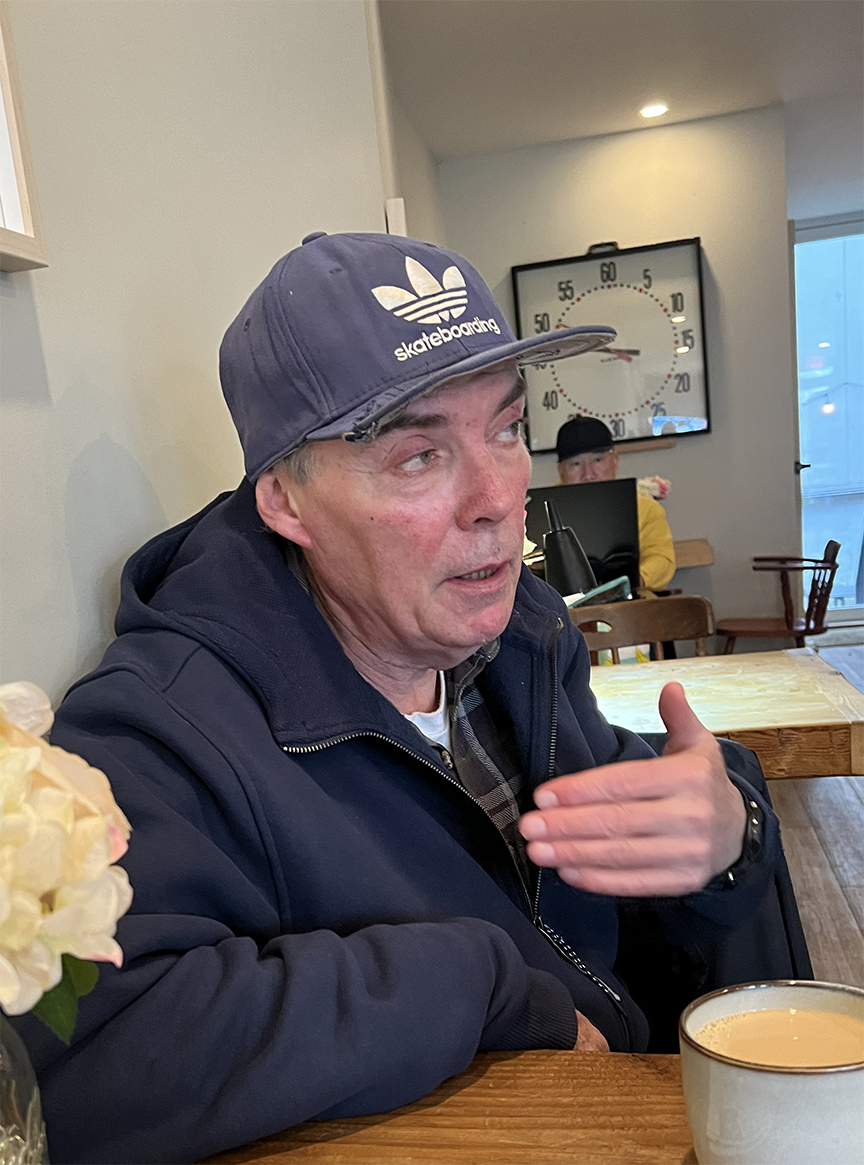
Clarke offered some history: “Back in California in the ‘70s, there was a drought and people were banned from filling up their swimming pools with water. People started skating in these empty pools and that became a thing. That’s how skating a pool got started.”
Clarke is originally from England and he began skateboarding in 1975. He now lives in Harlem and in 2017 he founded NYC Skateboard Coalition which “advocates for New York City’s skateparks and hosts NYC-based skateboard events.” He led a campaign to repair Riverside skatepark which was in bad shape in the early 2010s. He also organized the annual Riverside Skate Jam starting in 2013 to bring attention to the park.
In 2019 the NYC Skateboard Coalition petitioned to have the park renamed after Andy Kessler, who created the park which opened up in 1996. Kessler died in 2009 when he was just 48 after suffering an allergic reaction to a wasp sting. In 2020, Community Board 7 approved the renaming of the skatepark to Andy Kessler Skatepark.
“It’s a good skatepark because they’ve got transition [going from the ground to a vertical ramp or another incline] and then regular street,” said Sultan Abbasi, another skateboarder.
“I started skating about four or five years ago. One day my friend just said ‘Want to go learn how to skate?’ That’s how I got started.”
Clarke, who was one of about six people using the park at the time of this interview, offered: “One of the great things about skateboarding is the community. “This is part of the skateboard culture. I’m going to be 62 this year and Sultan is probably a teenager. I’m not sure where he’s from but as soon as I walk in, he says ‘What’s up buddy, how are you doing? What do you think of the park?’ Right away we’re friends and there’s an authentic bond that is struck.”
Clarke said that one of the big reasons he wants New York City to have skateparks with all three elements is because that would mean the park would have something for all skateboarders and it would bring many different people together.
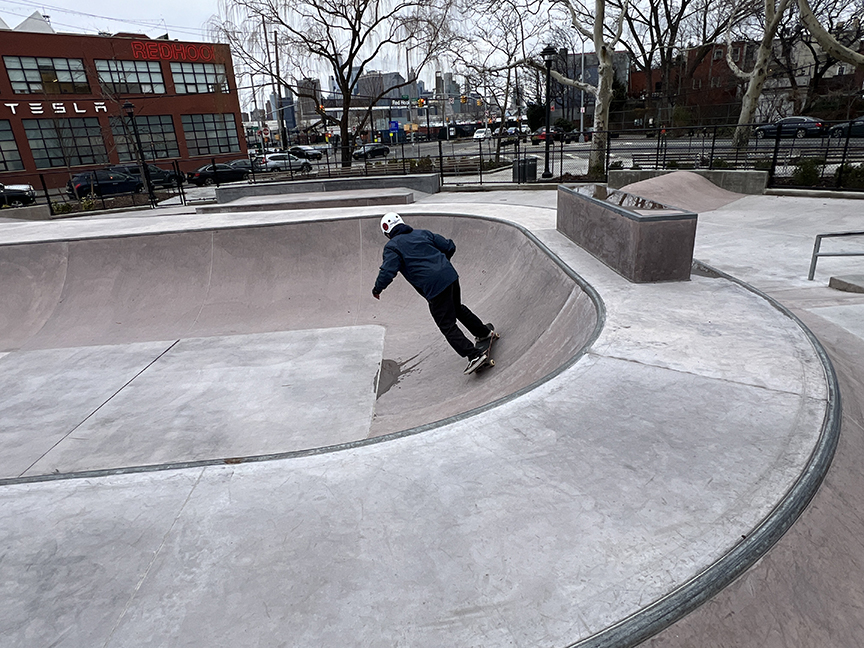
Clarke was excited about an announcement at Mayor Adams’s recent State of the City address detailing $24 million to be allocated for creating two new parks and renovating two others.
One of the renovated parks will be Brower Skate Park in Crown Heights, and one of the new skateparks will be in Mount Prospect Park, which is close to Prospect Park, next to the Central Library at Grand Army Plaza.
“I’m really excited about Mount Prospect because it’s going to be 40,000 square feet,” Clarke said. “This could become a huge moment and I hope we start seeing more skateparks with all three elements: flow bowl, pool, and street. This new Prospect Park skatepark is due to the efforts of Brooklyn Parks Commissioner Martin Maher and the Brooklyn Skate Garden.
“For the longest time, the Parks Department had this three-foot policy and they were just building little skateparks. For several years, the NYC Skateboard Coalition worked to challenge the three-foot rule and finally found a champion in Commissioner Maher. We were finally able to break down that rule which we announced to the skateboarding community back in 2019. Now we’re pushing to get better skateparks built.”
The three-foot rule means that banks couldn’t be more than three feet tall. The rule was not official but for years it was generally accepted by the NYC Parks Department. Now, that is no longer the case.
He spoke about the sport. “Once you get a prebuilt skateboard, you can start off slowly,” Abbasi said. “First just start learning how to push and then after that, you can start to learn some tricks.”
“Skateboarding isn’t for everyone,” Clarke said. “It’s really difficult to master and I like that part of it. It’s not something you can pick up and learn in a second. You have to put a lot of work in. It’s something that you earn by putting in the work and you can’t fake it.
“Stay in school. Don’t give up on other things because you want to become a professional skateboarder. Do it because you love it.”
In addition to the well built skating area, the new park includes benches, chess tables, nice landscaping and even a sculpture.

